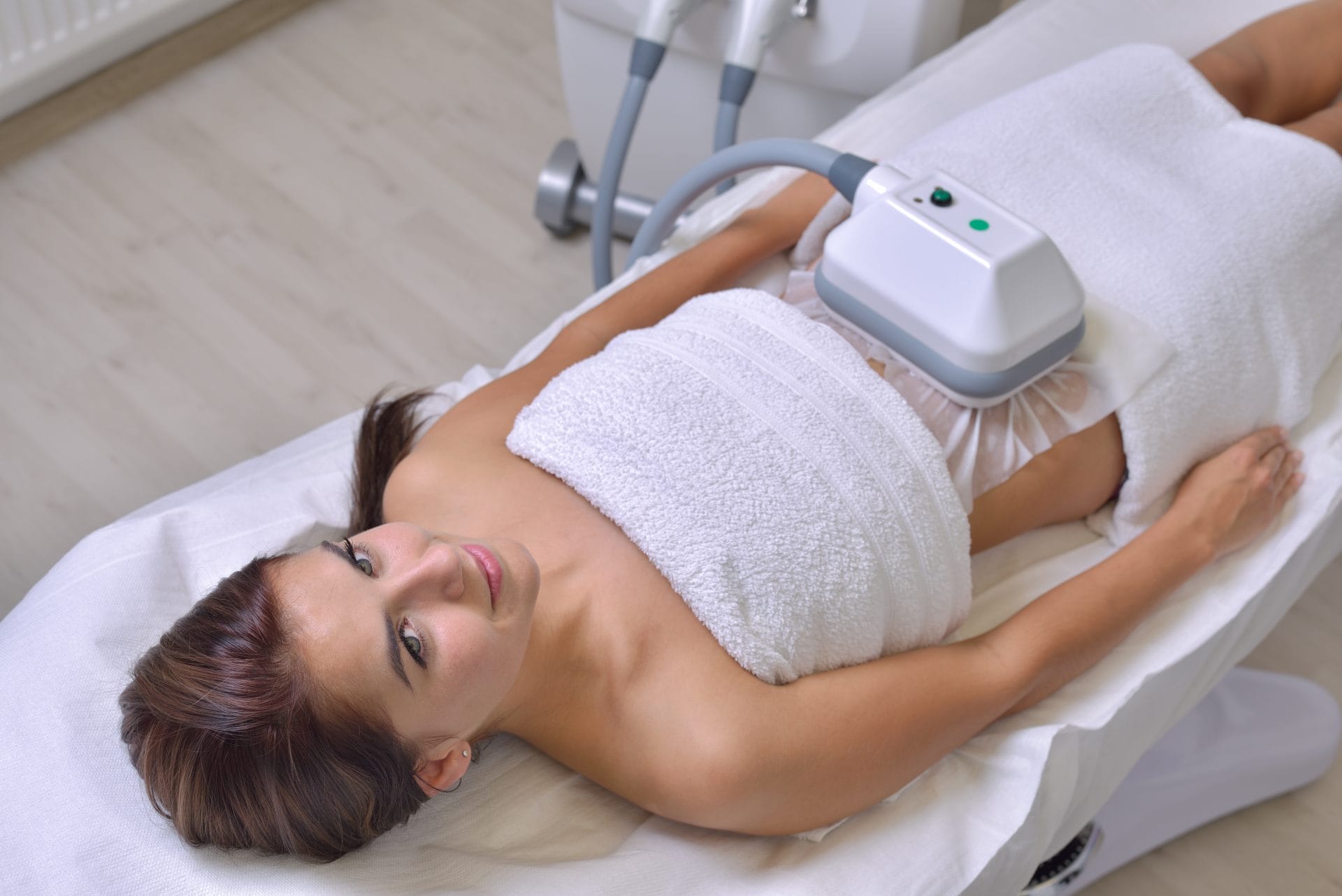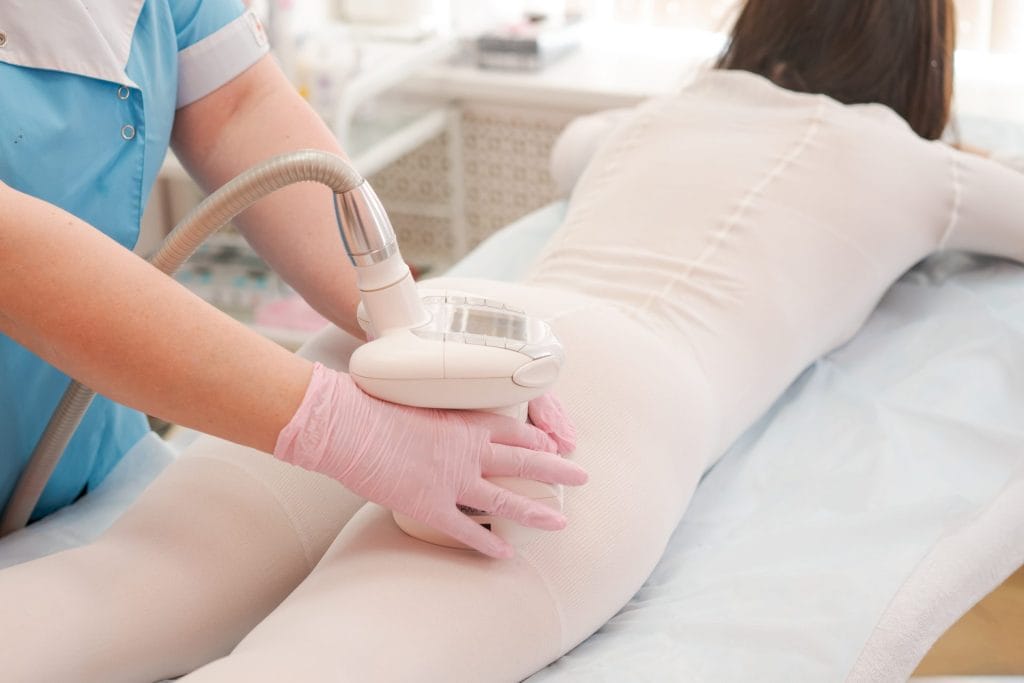Over the years, many have struggled with excessive weight. The increasing weight among most of the population includes various factors but is mostly associated with the consumption of specific—often unhealthy—food items, lack of physical activity, and adoption of lifestyles that contribute to sedentary behaviors.
Even if you religiously take part in diets, exercise, and other methods to help cut down weight, it’s still likely you have stubborn and unsightly bulges. Consider a non-invasive fat removal procedure to bring back your former body. While liposuction is an invasive surgical procedure that removes fat deposits, non-invasive fat removal procedures may be worth considering initially. If you want more info on liposuction, check out reliable sources to help you decide on the right procedure for your needs.
Generally, most non-invasive fat-removal procedures may take less than two hours for every treatment. Most also require minimal to no downtime or incisions. Although non-surgical methods to remove fat can help eliminate excess fat cells, you must strictly adhere to a healthy lifestyle to maintain a stable weight.
Understanding Non-Invasive Fat Removal Methods
A non-invasive fat removal method mostly involves using a handheld device to eliminate fat cells. The devices are positioned on or right above the site, depending on the treatment method. The devices transmit various forms of energy ranging from heat, sound waves, and even cold that penetrate the fat cells directly.
The process will not bring about any damage to the skin, nerves, or other body parts. In most cases, and like any medical procedure, the results may vary, but the full effects of the treatment may be evident within three to six months of treatment.
Non-Invasive Fat Removal Methods
If restoring your slender form is one of your main objectives, get on the right track with a non-invasive fat removal procedure. It’s never too late for anyone interested in improving their fitness and working towards a healthier lifestyle, regardless of their current weight status.
Here are some non-invasive fat removal methods worth considering to help eliminate excess fat in your body.
- Fat Freezing Or Cryolipolysis
Fat freezing is the most preferred non-invasive fat reduction method. It may be a suitable first choice to reduce excess weight. The procedure involves the freezing of fat cells using controlled cooling.
During treatment, expect a cold and tugging sensation during the initial few minutes before the site becomes numb. An advantage is that you can resume daily activities after the treatment. As for the side effects, most are mild, ranging from tenderness, tingling, numbness, and redness to bruising.
- Radiofrequency Treatment Or Lipolysis
The procedure uses radio frequency to heat the fat cells without direct contact with the skin. The doctor uses an applicator that heats from a distance, usually around a centimeter away from the skin. The heat works by dissolving the fat cells in body parts with excessive fat buildup so the body absorbs them. This procedure eliminates fat and can help boost collagen production, helping tighten loose skin.
One of this fat-reduction procedure’s main advantages is its no downtime. After treatment, resume your daily routine at work or home. If you decide to undergo the procedure, some of the brief side effects may include tingling, warmth, redness, and tenderness.
Remember that every case varies with results that may be visible after the initial two sessions, while others can take up to six sessions before seeing results. If you want the best results, the doctor may suggest undergoing three to six sessions every week.
- Laser Fat Removal Or Laser Lipolysis
Laser fat removal or lipolysis is another non-invasive fat removal procedure. It involves the elimination of small fat deposits in the body, usually in the belly, back, flanks, and inner or outer thighs. The procedure may take around half an hour in a doctor’s office. You can also resume your daily routine after the procedure.
During laser lipolysis, the doctor attaches paddle-like applicators to the site. These paddles release heat, penetrating the skin and warming the fat cells below. In simple terms, the heat damages the fat cell membranes, eventually killing them off, and your body absorbs the dead cells.
- Ultrasound Fat Reduction Therapy
Ultrasound or ultrasonic cavitation is a cosmetic procedure that breaks down fat deposits in the body. The treatment may be worth considering if you’re looking for a minimally invasive alternative to liposuction. During the procedure, the doctor utilizes a handheld ultrasound device. The doctor will move the device slowly over the target site. Expect a warm sensation during the procedure and a buzzing sound from the device. In most cases, a session may take around 40 minutes up to an hour.
Also known as ultrasonic lipolysis, the treatment utilizes radio waves to disintegrate the fat cells, which the body later absorbs. As the ultrasound waves move into the skin layers, they cause a disruptive vibration that causes the fat cells to break apart and eventually dislodge from the dermal layers.
The procedure may be a suitable choice for those who want to get rid of small fatty areas while providing the body with a satisfactory contour. Ultrasound cavitation may work best in dealing with fat in the hips, stomach, neck, face, thighs, and upper arms.
After the procedure, you can proceed with your daily routine. There are side effects, but as for the side effects, the most common include redness, headache, and bruising. It’s also likely for minimal pain and bruising to develop after. The doctor will also provide instructions to maintain proper hydration to promote the flushing of the fat cells via the lymphatic system.
- Red Light Therapy
Another procedure worth considering for its potential weight loss effects is red light therapy, called photobiomodulation or low-level laser therapy (LLLT). It’s a non-invasive treatment that sculpts the body and eliminates fat cells. The procedure uses non-thermal irradiance lasers or light-emitting diode (LED) lights, which expose the body cells and tissues to low red and near-infrared (NIR) levels.
The light specifically targets the fat cells beneath the skin, boosting collagen production. The result is skin with better smoothness, elasticity, and fat reduction. A session usually lasts for 20 to 30 minutes. Depending on your desired outcome, it may take around eight to ten sessions to see results.
For those seeking convenience, there are now red light therapy for fat loss devices that offer a convenient solution for those aiming to slim down. These devices function similarly to professional treatments, utilizing low-level laser therapy or LED lights to target fat cells beneath the skin. With regular sessions, users can experience improved skin texture, elasticity, and a gradual reduction in fat.
Final Thoughts
Eliminating excess bulges of fat in certain body parts is one of the steps to restore a slim physique. Although some are turning to invasive methods to eliminate excess body fat, non-invasive fat removal methods are worth trying first. Now that you have a glimpse of various non-invasive forms of treatment for fat removal, you can determine which works perfectly for your specific needs and the desired results. Regardless of your chosen method, switch to a healthy lifestyle to maintain the right form and weight.








